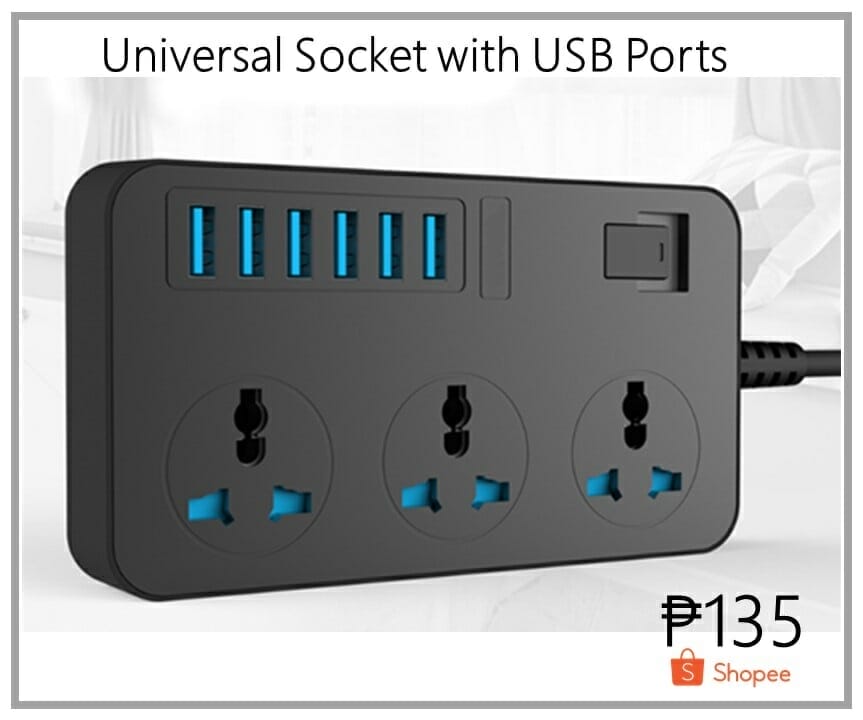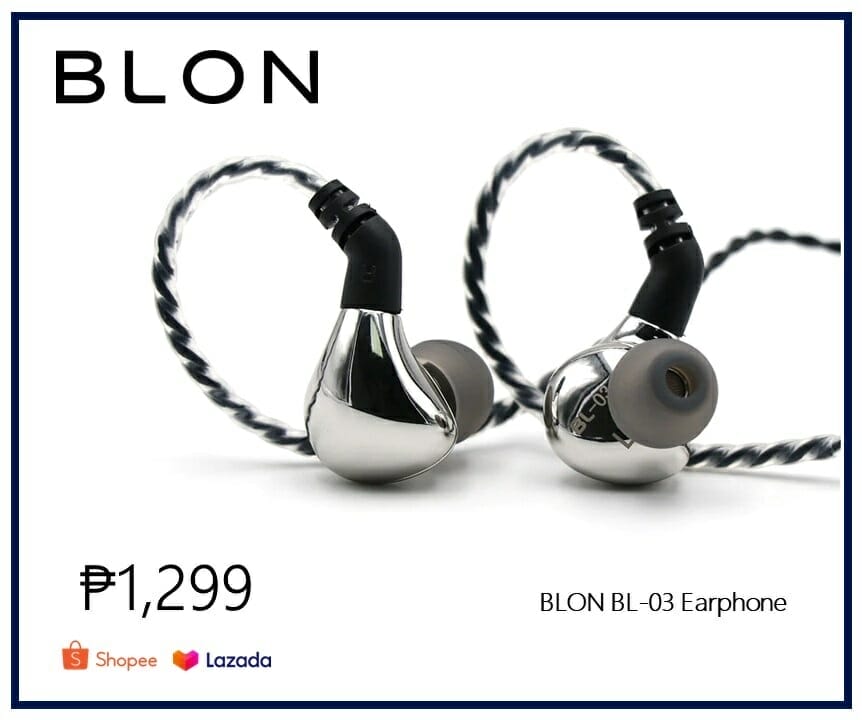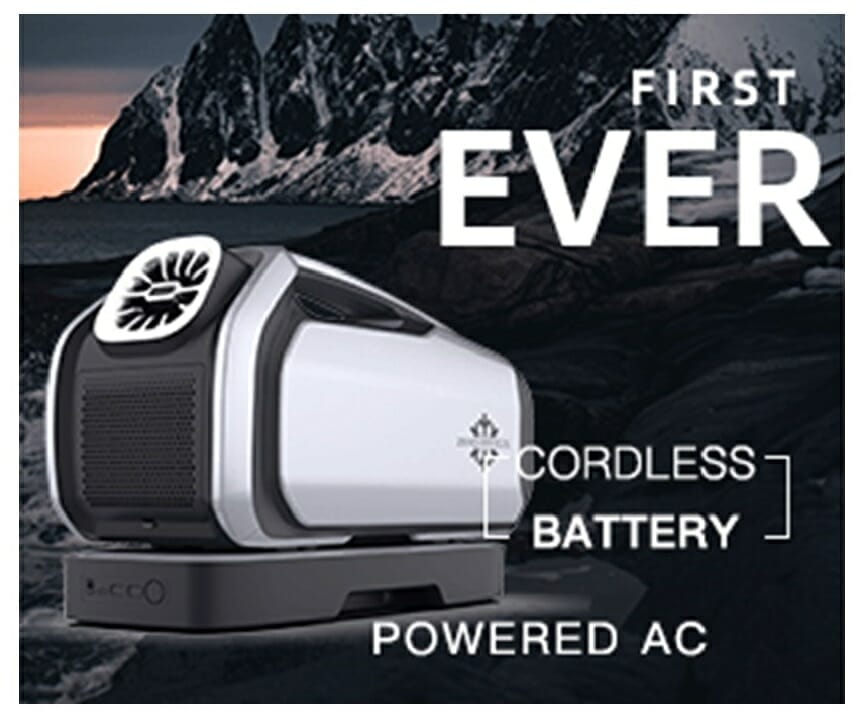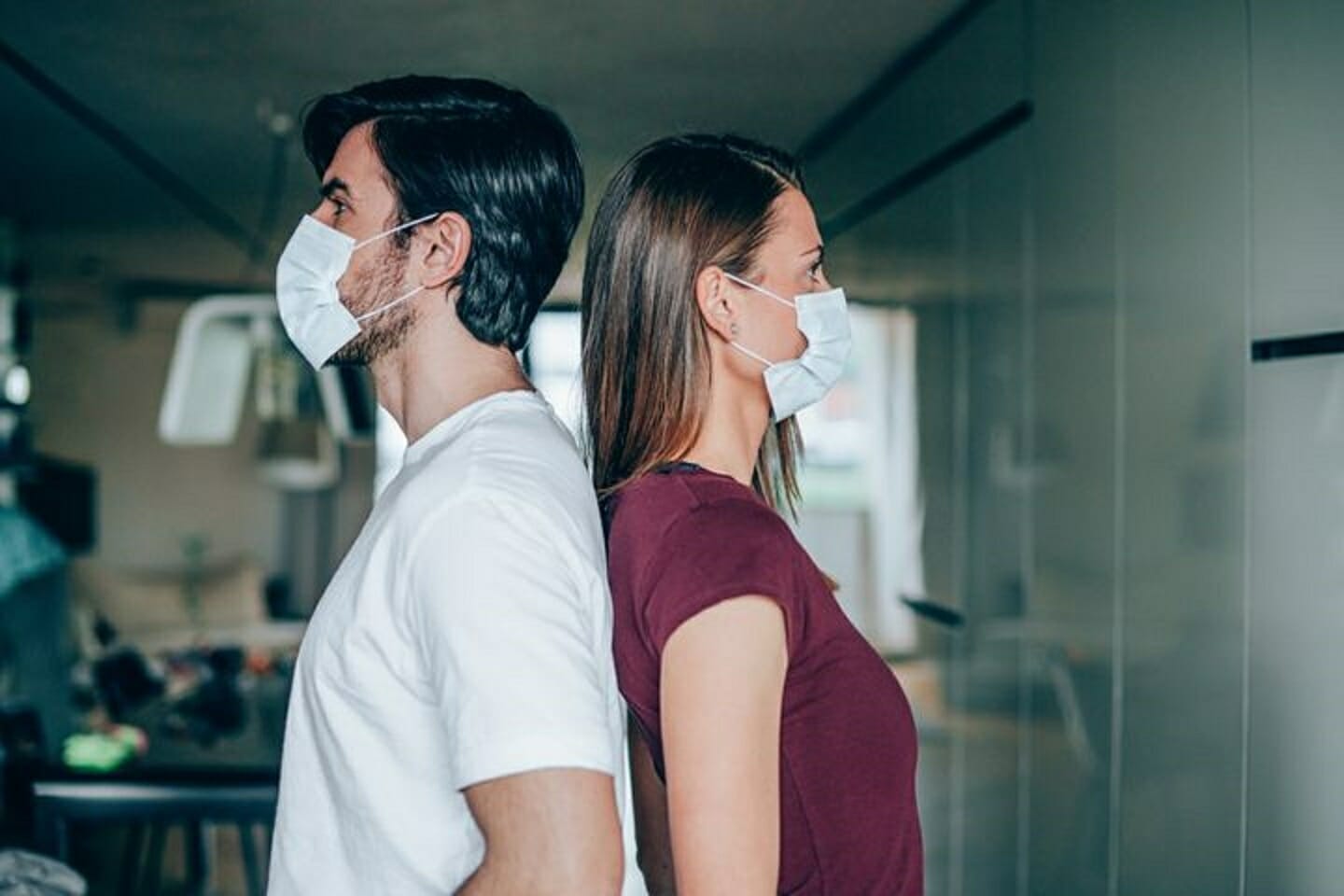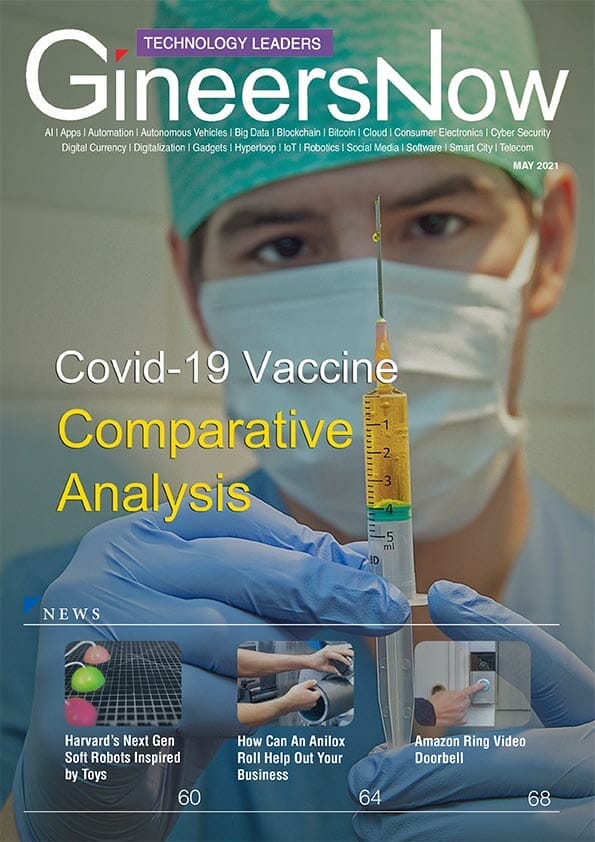If you’re infected with COVID-19 after returning to your workplace, will your employer pay for the cost?
As we start to think about returning to work, shopping, and recreation, there is much talk about transformed workplaces and innovative social distancing designs. But how will companies, workers, and customers have confidence that these new measures will actually be effective at protecting them? Infected with Covid-19 after returning to your workplace?
Beyond what we can do as individuals to reduce our risks of exposure, are there objective measures employers can use to validate what is effective? The answer, fortunately, is yes.
Many claims will be made over the next few weeks and months that stores, restaurants, offices, and processing plants are now at a level of reasonable safety to open up. Much media attention has been paid to easing restrictions—basically increasing the available supply of offices, restaurants, colleges, stores, and factories.
“WILL SHOPPERS, DINERS, STUDENTS, AND WORKERS FEEL SAFE RETURNING?”
The demand side should be of equal or greater concern: Will shoppers, diners, students, and workers feel safe returning? Can they trust the place if these were previously infected? How can they be comfortable that the space is safe beyond just taking someone’s word for it?
Cautious and shell-shocked employees and customers—as well as skittish lenders and insurance companies—can be expected to look for some objective standard of reasonable care before they will concur that indoor environments are reasonably safe. There are likely to be do-it-yourselfers, top shelf evaluators—and charlatans. You will need to be able to tell them apart.
What to ask for: Infected with Covid-19? What gets measured gets done
Here are key requirements to ask of any service provider offering to certify your work setting as a healthy building. These best practices apply for employers, employees, and customers alike.
Our research over many decades in public health and in commercial real estate suggests that several categories of Health Performance Indicators can offer up objective data about the current status of a building and identify meaningful fluctuations over time. How are these HPIs gathered and interpreted? With a combination of settings, sensors, screening for symptoms, surveys, and evaluation of statistics. There are many, but here are examples of each.
Infected with Covid-19? Settings: Air flow and other engineering steps. Before you think of moving back into your office building or shop, you should check on basic metrics that any building manager should easily be able to evaluate, including fresh air volume, fan capacity, and filtration effectiveness. We have seen many organizations pinch pennies to save on electricity charges or filter-replacement expenses, at the cost of thousands of dollars in lost time, reduced productivity, and suboptimal indoor air working conditions. Ventilation and air quality are crucial healthy buildings tools in fighting viruses and maintaining health.

Temperature and humidity can have significant impact on disease transmission. Most people associate low humidity with the winter, but improperly tuned air conditioning can also drop indoor summertime humidity levels well below the 50-60 percent recommended to minimize viral transmission.
Infected with Covid-19? Sensors: Air quality and other measurable conditions. While it’s not currently possible to test directly for coronaviruses in the air, other measures like particulate counts, carbon dioxide (CO2 )concentration, and the presence of volatile organic compounds are excellent proxies for overall system performance. These take the pulse of your workspaces just as a doctor would record your physical pulse, offering a quick and continuous check that everything is performing as it should.
As an illustration, CO2 concentrations in the atmosphere are about 410 parts per million (or ppm). Our double-blind experiments showed measurable cognitive impairment at concentrations ranging to 1,400 ppm, a level frequently encountered in a classroom or conference room. Stuffy or ill-ventilated rooms often measure higher.
This article appeared first on HBS
Other COVID-19 Updates
COVID-19: SOCIAL IMPACT
Racial Equality – An Engineer’s Perspective
GineersNow Distributes PPE to Medical Workers
Israeli Cured COVID-19 Patients Using Placenta
COVID-19: HARVARD BUSINESS SCHOOL
Harvard Talks: Work From Home During Pandemic
Harvard Talks: Engineering Company’s COVID-19 Battle Strategies
Harvard Talks: HVAC Healthy Buildings During COVID-19
Harvard Talks: How Engineering Companies Enact Remote Work?
MIT & Harvard Strategy to Limit the Spread of COVID-19
Harvard Talks: Engineering Sector’s Organizational Development
Harvard Talks: Engineering Leaders Will Engage in Teaming
Harvard Covid-19 Strategy on How to Reopen a Country
Harvard Talks: Forward-Thinking Engineering Leaders
Harvard Talks: Engineering Operation Impact of COVID-19
Harvard Talks: 7 Leadership Principles in the Time of COVID-19
Harvard Talks: Engineering Work Culture After COVID-19 Pandemic
Harvard Talks: 7 Leadership Principles in the Time of COVID-19
Harvard Talks: Cut Salaries or Cut People?
Harvard Talks: The Supply Chain in Post COVID-19 Era
COVID-19: WORLD HEALTH ORGANIZATION
WHO Preparedness and Response to COVID-19
WHO Q&A: COVID-19 and Influenza Comparison
COVID-19: CONSTRUCTION
How Has COVID-19 Impacted The Construction Sector?
Construction Force Majeure During COVID-19
Converting Existing Building to COVID-19 Hospital – WHO Guidelines
WHO COVID-19 Buildings & Tents Screening Layout Standards
COVID-19: HVAC
COVID-19 Hotel is a Huge HVAC Nightmare
Ventilation Standards for Buildings Converted to COVID-19 Hospitals
Air Filtration for COVID-19 Treatment Centers
ASHRAE on COVID-19 HVAC Concerns
COVID-19 WATER & WASTEWATER
Marine Biologist Shares Tips During COVID-19 Quarantine
The Water Europe Post-COVID-19 Strategy
COVID-19: ENERGY
Petroleum Price Will Never Be The Same After Covid-19
Oil Price Crashes Below $0 per Barrel
Coronavirus will accelerate the growth of renewable energy solutions
COVID-19: ECONOMIC IMPACT
COVID-19 Disrupts Hospital Services & Profitability
COVID-19 Economic Impact Analysis
COVID-19 Economic Aftermath on the Construction Industry
Postponed Exhibitions in the Philippines due to COVID-19
Cancelled Major Events Around the World Due to COVID-19
World Bank Gives $12 Billion to COVID-19 Affected Countries
COVID-19: VENTILATORS, PPE & TESTS
UCLA 3D-Printed Swabs Helps COVID-19 Testing Shortage
UCLA Biodesign Fellow Focuses Biomedical Engineering Insights on Swabs Shortage
Philips Ventilator Respironics E30 for ICU COVID-19 Patients
Here’s the Tesla Ventilator Prototype
Lamborghini Medical Shields & Surgical Masks for Health Workers
UCLA Engineer Made a Ventilator from Hardware Items
Forecast Deaths, Hospitals & Ventilators: COVID-19 Impact, USA Full Report
Top 10 Largest Ventilator Manufacturers in the World
Metronic Ventilator Ramping Up Production
Engineers, Can You Help Build a DIY Ventilator for Hospitals?
PPE Shortage Endangering Health Workers Worldwide
COVID-19: STATISTICS & FORECASTS
COVID-19 Deaths to Reach 81,000 in US By June – Forecasts by IHME & Univ. of Washington
List of Government Officials Tested Positive in PH
COVID-19 War: 70K Physicians vs 109M Filipinos
Famous People Who Have Tested Positive for COVID-19
These Politicians Tested Positive for Coronavirus (COVID-19)
COVID-19 Philippines: DOH on Code Red Status
COVID-19: SCIENCE
Coronavirus Mutations are Feared More Contagious
100% Success Rate for Pluristem COVID-19 Treatment
What If There’s No Vaccine To Fight COVID-19?
COVID-19 Treatment: The Search Continues
Clean Air in Europe leads to 11K Fewer Deaths During Lockdown
Complete List of Companies Working on Coronavirus Vaccine
Tiger Tests Positive for Coronavirus at New York Zoo
COVID-19: PREVENTION TIPS
7 Dynamic Tips to Protect Your Business from Potential Wide-Scale Effect of COVID-19
We Need Testing, Vaccine & Treatment, But Until That Happens, We Need This!
How to Create a COVID-19 Proof Workplace
Work From Home Tips for Engineering, Industrial & Tech Companies
Water is Our First Line of Defense Against COVID-19
The List of COVID-19 Disinfectants Approved by EPA
COVID-19: TECHNOLOGY
This Country Sends Covid-19 Test Results by WhatsApp & FB Messenger
Hope Probe Transferred to Japan, Despite COVID-19
Robot Technology to Reinstate a COVID-Free Airport
How Artificial Intelligence Can Drive Greater Speed and Accuracy in Vaccine Development
Cyber-Criminals are Exploiting People’s Fears of COVID-19
COVID-19: MARKETING
Marketing Help for Engineering Companies Navigating COVID‑19
How to Apply for Government Financial Assistance for SMEs
Harvard Talks: How Marketing Works During COVID-19
Rewriting Marketing in Times of COVID-19 Crisis?
Hyundai Motor Extends Warranties Due to COVID-19
Top 5 Most Traded Stocks During COVID-19
COVID-19: EDUCATION
Coaching Builds COVID-19 Resilience to Engineering Team
How COVID-19 Is Changing College Admissions Cycle in 2020
COVID-19: AVIATION
Anticipating The Future of Air Travel on After Covid-19
Don’t Make A Slow Recovery More Difficult with Quarantine Measures
Aviation Industry Roadmap: Post-Pandemic Plan
Emirates New Normal at Airport and Boarding an Airplane
Can We Give Airline Financial Relief to Protect Their Jobs?
Airlines Around the World are Struggling to Survive
COVID-19: APAC Air Passenger Demand Dropped 65.5%
Emirates Airline Passenger Rules During COVID-19
Airlines Around the World are Struggling to Survive
Show Your COVID-19 Test Result at the Airport
The Most Modern Flying Hospital with ICU from Germany
COVID-19 Impact: 25 Million Jobs at Risk with Airline Shutdown
Airbus Gives 3D-Printed Hospital Visors to Health Workers
Airlines COVID-19 Analysis: Aviation Collapsed



